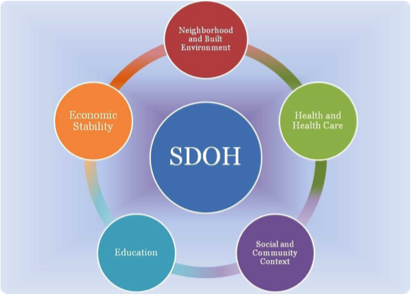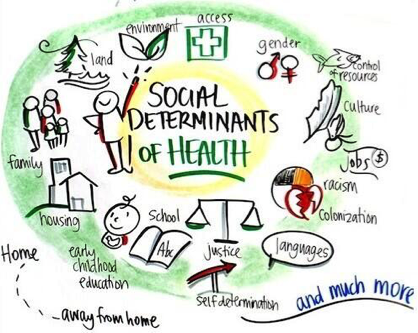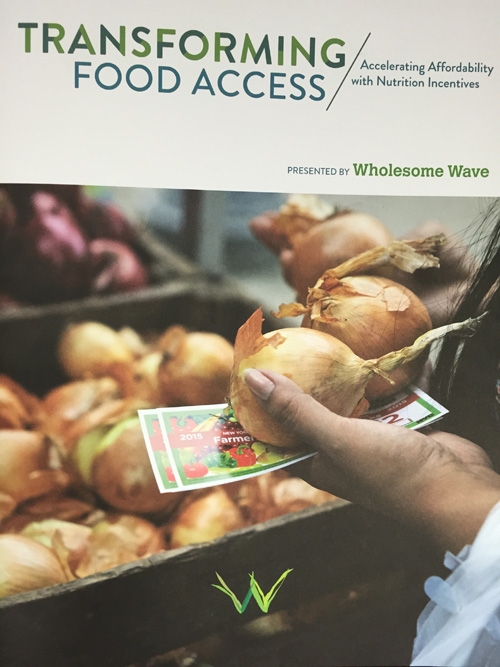WhyHunger’s Community Partnerships Manager Suzanne Babb, recently spoke at Wholesome Wave’s Transforming Food Access Summit about the role and limitations of existing nutrition incentive programs to address the unequal access to good, fresh, affordable healthy food and the poor health outcomes that some communities experience as a result.
Here is an excerpt from her remarks:
Let’s start with a provocative question: Is providing access to healthy food enough to address the food insecurity and poor health outcomes that have become so entrenched in certain communities?
We must first ask why do these inequities exist in the first place? Why do some communities have readily accessible healthy food and what makes it so unaffordable for others? What can we learn by examining the social determinants of health? What can we learn by exploring the systems that perpetuate hunger and poverty in our country and what is the relevance to nutrition incentive programs?
Part of the answer may lie in looking at the environmental factors that influence a person’s health, more commonly known in the public health world as the social determinants of health. Health is affected by individual choices AND community, environment, culture, connectedness and institutional policies and practices.
Here’s a traditional model of the five determinant areas that reflects a number of critical components/key issues that affect health outcomes. In this version, access to healthy food is just one critical component under “Neighborhood and Built Environment” in determining health outcomes. But here’s the thing: This diagram assumes is that these determinants collectively affect each person’s health in the same way, all things being equal.

Now let’s look at different model, from the “Gathering Wisdom” First Nations health conference in Canada.

The difference is that this version recognizes that all things are not equal. It shows that there other factors at play, like systems of oppression that affect women and people of color more persistently that show up in the form of racism, sexism rooted in a history of colonization and social injustice. These systems of oppression create persistent inequities in access, resources and opportunities that impact health. In other words, you have a society where certain communities have more power and privilege than others.
Because this diagram was created by the community that is directly affected by these issues, it shows a fuller and deeper analysis of what needs to be addressed to bring about better health in their community. It also underscores the importance of a culturally- appropriate lens. For example this diagram was created by the First Nations communities and they asked: Does the land where I live have clean water, are there good jobs, health services, safe housing? How does racism, colonization, or local control of resources affect wellness of both the individual and of a nation? What about the intersections between wellness and the justice system, self-determination, child protection, and revitalization of language?
Sometime these concepts can seem theoretical and abstract. But the point is these are all factors that play a role in poor health outcomes and food insecurity. The imbalances of power and privilege and the inequities they create get played out in every space in which we work, live and play, including in our own organizations and programs. And in all of these spaces there is opportunity to shift this dynamic.
Suzanne ended her remarks asking folks to consider additional questions: How can we make nutrition incentive programs more equitable for those who are participating in them? How can we shift the power dynamic? How can we demonstrate and value people as experts in their own experience? How do our programs change or evolve when we use a lens that considers the root causes of poor health in the first place?






